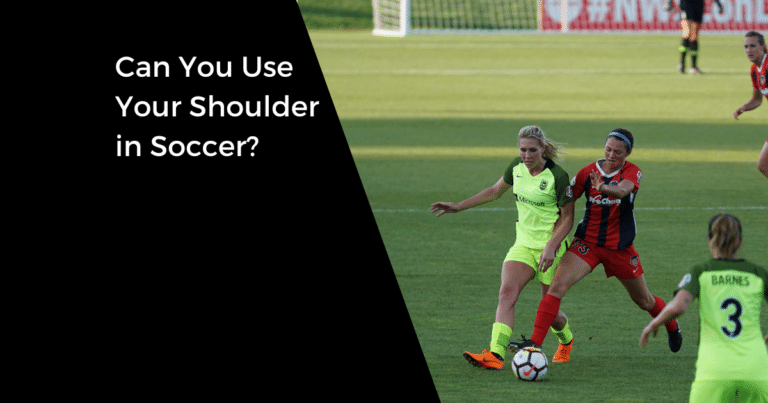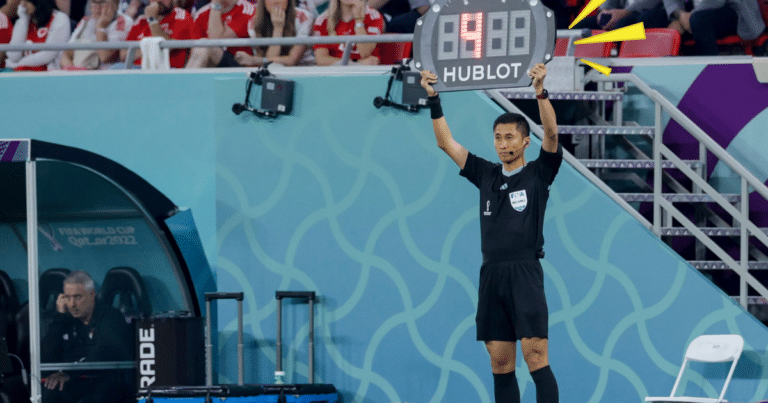Dead Ball Soccer Rules: What You Need to Know

Dead ball situations in soccer are an integral part of the game. They refer to any time the ball is not in play and gameplay is stopped.
This can happen for a variety of reasons, such as a foul, an injury, or the ball going out of bounds.
During a dead ball situation, players must follow proper procedures for restarting play. This can include free kicks, throw-ins, corner kicks, and goal kicks, depending on the specific situation.
What is a Dead Ball in Soccer?
A dead ball in soccer refers to a situation where the ball is not in play. This happens when the referee stops play due to a foul, an injury, the ball going out of bounds, or any other reason that requires the game to be temporarily halted.
During a dead ball, players are not allowed to touch the ball, and the game cannot continue until the ball is put back into play. The ball is considered dead until it is kicked or thrown back into the field of play by a player from the team that is entitled to do so.
Dead Ball Situations
There are several types of dead ball situations in soccer, including:
- Free kicks
- Corner kicks
- Goal kicks
- Throw-ins
During a free kick, the opposing team must stay at least 10 yards away from the ball until it is kicked.
A corner kick is awarded to the offensive team when the ball goes out of bounds over the goal line, while a goal kick is awarded to the defending team when the ball goes out of bounds over the goal line after being touched by an attacking player.
A throw-in is awarded to the opposing team when the ball goes out of bounds over the touchline. The player taking the throw-in must have both feet on the ground and throw the ball with both hands from above and behind their head.
Strategies for Dead Ball Situations
When it comes to dead ball situations in soccer, having a solid strategy is crucial to gaining an offensive advantage. Here are some strategies to keep in mind:
1. Placement and Aim of the Kick
Whether it’s a free kick, corner kick, or goal kick, the placement and accuracy of the kick is important.
You want to aim for the “danger area,” which is the area in front of the goal where your teammates have the best chance of scoring.
This could mean aiming for a specific player’s head or feet, or simply putting the ball in a spot where multiple players have a chance to make a play.
2. Positioning and Movement of Players
In addition to the kick itself, the positioning and movement of your players can make a big difference in dead ball situations.
You want to have players positioned strategically around the goal, with some players ready to make a run towards the ball and others ready to box out defenders.
It’s also important to communicate with your teammates and make sure everyone is on the same page.
3. Defending Against Dead Ball Situations
Of course, dead ball situations aren’t just opportunities for the offense – they’re also opportunities for the defense to make a stand.
When defending against dead ball situations, it’s important to stay organized and communicate with your teammates.
You want to make sure you’re marking the right players and not leaving anyone open for a shot on goal. It can also be helpful to try to clear the ball away from the goal as quickly as possible.
Frequently Asked Questions
Is a throw-in considered a dead ball?
Yes, a throw-in is considered a dead ball in soccer. The team that did not touch it last before going out of bounds will be able to put the ball back into play with an overhead throw-in.
Can a soccer game end on a dead ball?
Yes, a soccer game can end on a dead ball but many referees will let one last play happen before whistling to signal the end of the game.
Is a substitution considered a dead ball?
Yes, a substitution is considered a dead ball in soccer. A sub can come onto the field of play only with the ref’s permission, and when the ball has gone out of play.

Written By: Beau Bridges
Beau is the founder of SoccerNovo, dedicated to helping players and parents navigate the youth soccer landscape. As a former youth coach and soccer parent, he shares insights on player development, recruiting, and the ever-evolving soccer scene in the U.S.
Let’s connect




